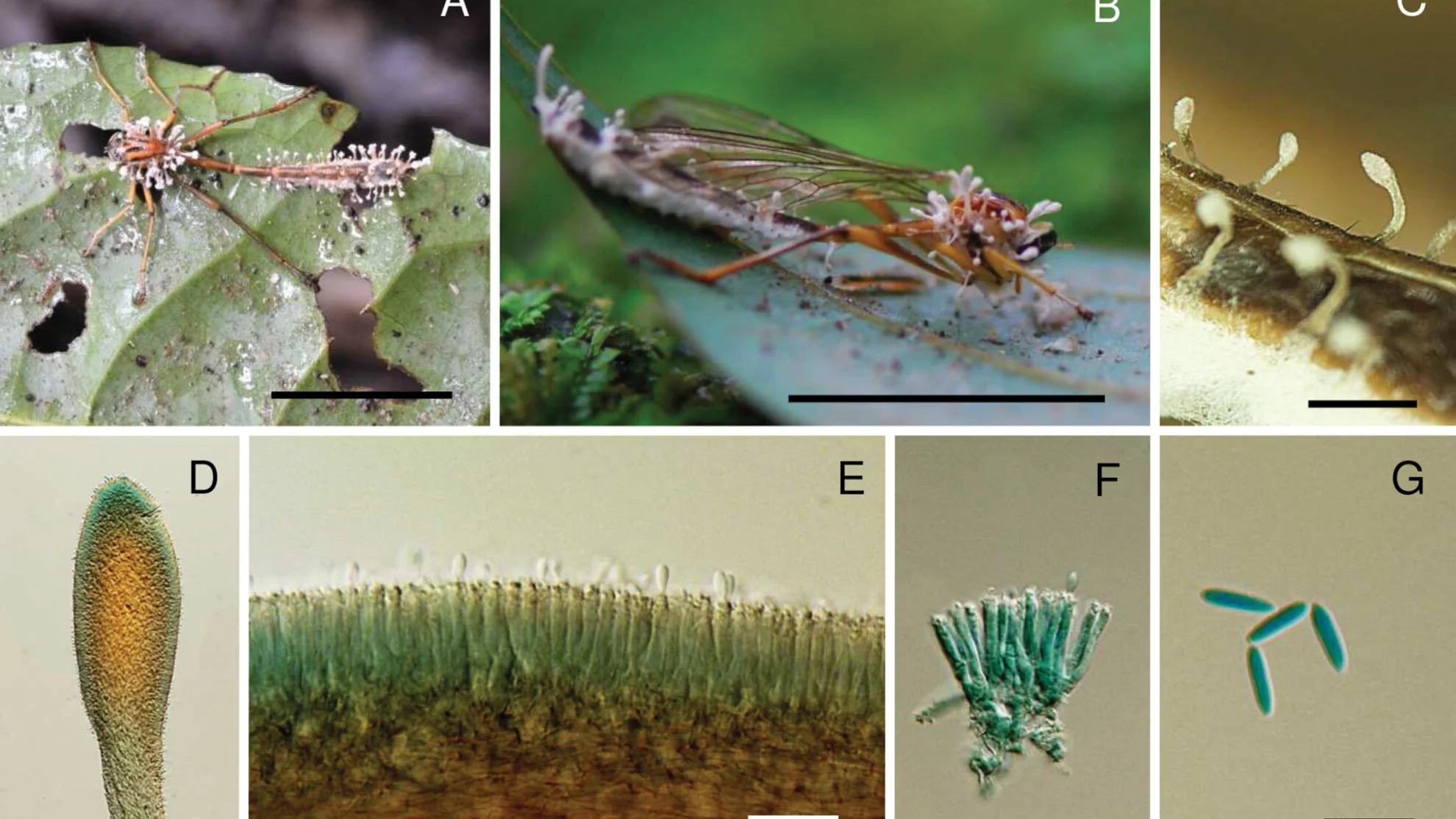
New brain-hijacking ‘zombie virus’ species that inspired ‘Last of Us’ found
Don't worry: ‘The Last of Us’ is not a documentary.
The Last of Us is a show where a fungal infection turns humans into zombie-like creatures.
The type of fungus that inspired the show,Ophiocordyceps unilateralis, is real; and it really does turn its victims into zombie-like creatures.
There’s more: Four new species have been found in “various forests across Thailand,” according to a paper published earlier this month in the journal MycoKeys.
Here’s the good news (for humans)
‘The Last of Us’ is not a documentary. The show’s writers took a bit of creative license with how the ‘zombie virus’ infects organisms. For starters, the species described in the study only infects insects, and it can’t survive in the human body due to our high body temperature and functioning immune systems.
“There are millions of different fungal and mold species out in nature that don’t cause any sort of infection in humans, and this is one of them,” Scott Roberts, MD, assistant professor of medicine (infectious diseases) at Yale School of Medicine said in a statement on the Yale Medicine website in 2023.
“A Cordyceps that infects one species of ant cannot even infect other species of ants.”
In insects, the fungus can hijack the brain, influence behaviour, and send spores and flower-like growths shooting from their bodies, which helps the virus spread.
“The infected, moribund ants essentially behave like zombies; they walk alone and erratically climb to a certain height in the vegetation (approximately 25 cm above the soil surface),” reads an excerpt from a 2015 paper on O. unilateralis.
“They bite leaf margins in rainforests and twigs in temperate woods ... transition from wandering to biting takes place synchronously around noontime ... possibly in association with a solar cue. The fruiting body then erupts from their heads.”
The four new species of O. unilateralis described in the 2025 new study target different types of flies, including houseflies, horseflies, and fruit flies, suggesting they may play a role in natural insect control.
According to the study’s authors, many of the fungi that infect insects in this manner produce “antimicrobial or anticancer properties.”
“Discovering new species may therefore increase the chance of finding novel compounds for agricultural or medical use in the future,” reads the paper.
RELATED: Man contracts fatal fungal disease
Header image: Ophiocordyceps floriformis. A, B. Fungus on robber fly (Asilidae, Clephydroneura sp., Holotype BBH 51295); C. Synnemata; D. Head of synnema; E, F. Conidiogenous cells forming a hymenial layer; G. Conidia. Credit: MycoKeys (2025). DOI: 10.3897/mycokeys.119.155439
